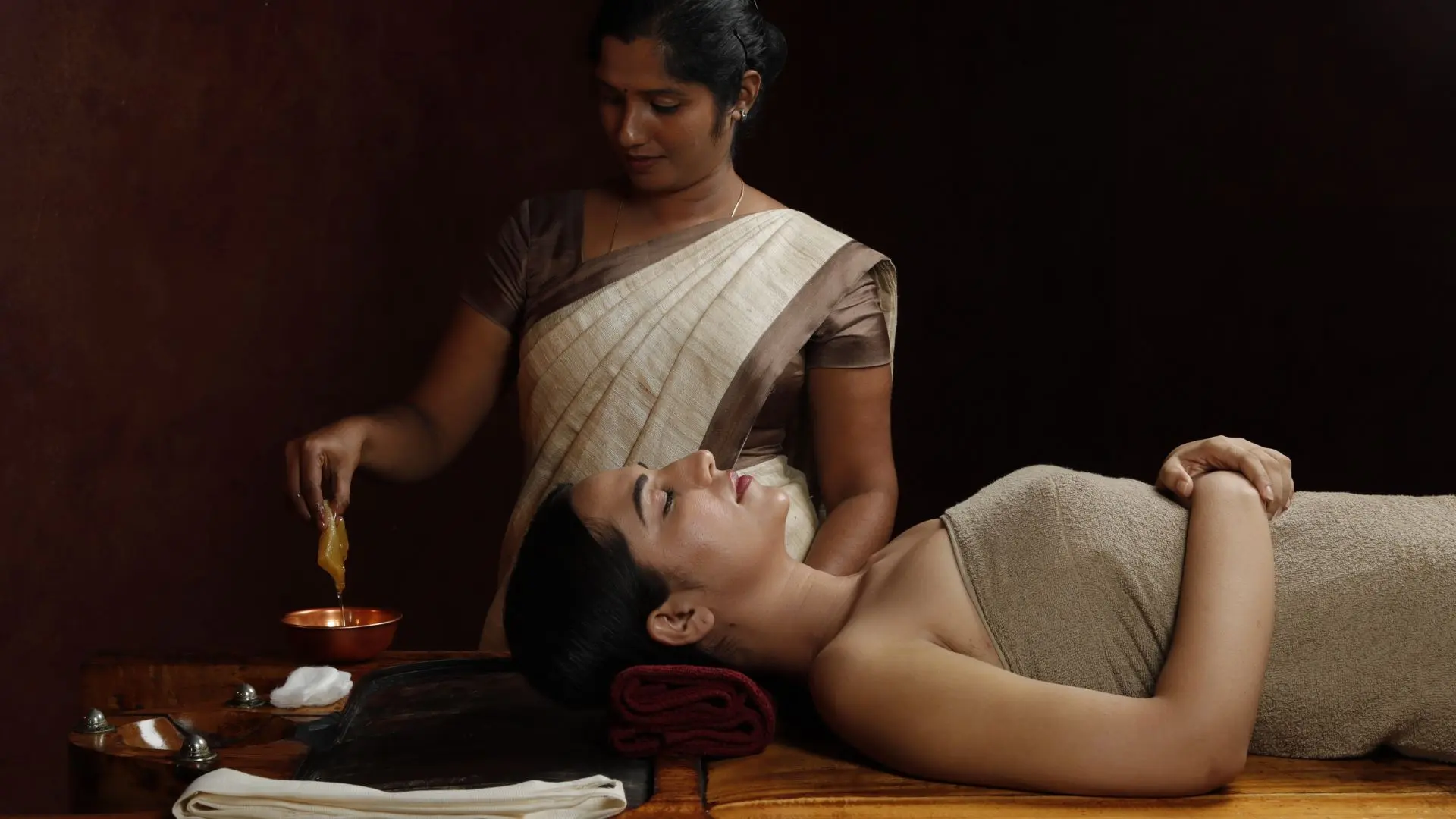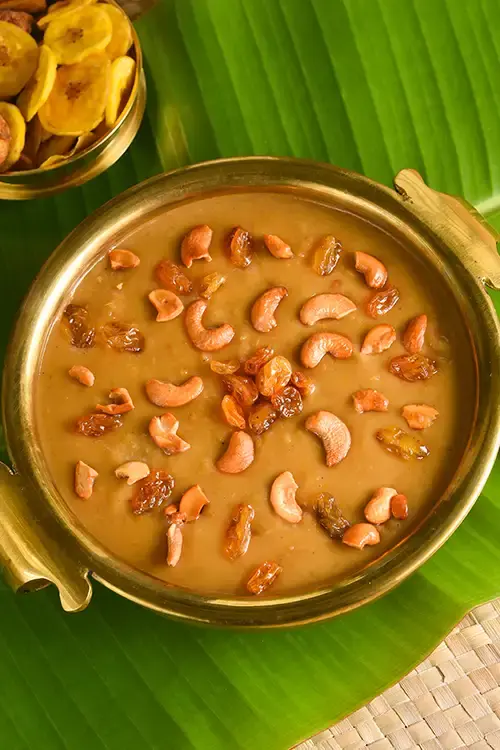FAQ
How many types of rice are there in Kerala?
Kerala was historically abundant with a diverse array of traditional rice varieties, well-suited to the different agro-climatic conditions in the state. Over 2000 such varieties, including aromatic and medicinal types, once enriched India's rice diversity. Unfortunately, due to a significant decrease in paddy cultivation, many of these unique varieties are no longer grown in the region.
Some of the rice varieties in Kuttanad are Karthika, Makom, Jyothy, Mattatriveni, Annapurna, Revathy, Remanika, Krishnanjana, Prathyaasa, Bhadra, Asha, Pavizham, Remya, Kanakom, Jaya, Sabari, Bharathy, Renjini, Pavithra, Panchami, Uma and Gouri.
Jeerakasala, Gandhakasala, Palakkadan matta, Navara and Pokkali rice varieties of Kerala have been registered under the Geographical Indications of Goods Registration & Protection.
Velumbala, Chomala, Kayama, Kothampala are other types of aromatic and medicinal rice varieties.
A study by the Kerala State Biodiversity Board revealed that 55 local paddy varieties have disappeared from Wayanad district, which was previously known for its indigenous rice diversity. To address this loss, the Kerala State Biodiversity Board is undertaking measures for both in-situ and ex-situ conservation of these varieties. These efforts involve establishing seed banks, encouraging the cultivation of indigenous rice, and conducting awareness programmes. Traditional rice varieties, known for their superior quality and ability to thrive with minimal care, are considered valuable compared to modern rice varieties. The initiatives aim to preserve not only the biodiversity of rice but also the cultural heritage associated with traditional farming practices in the region.






